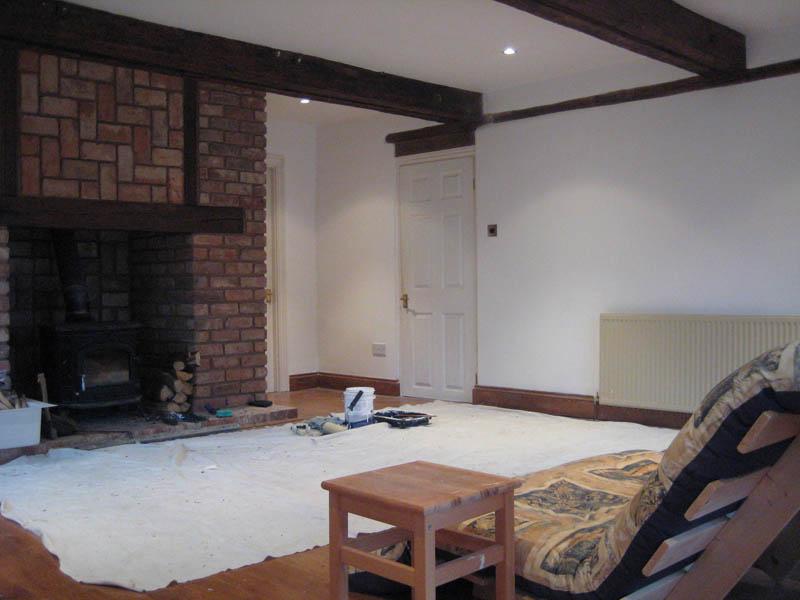Can anyone tell me the advantage of using low voltage lighting over 240v GU10 dichroic halogen lamps? It seems to me that GU10's would be better as they do not need transformers and can always be changed for LED's when the price comes down.
Thanks
Grommett
Thanks
Grommett


